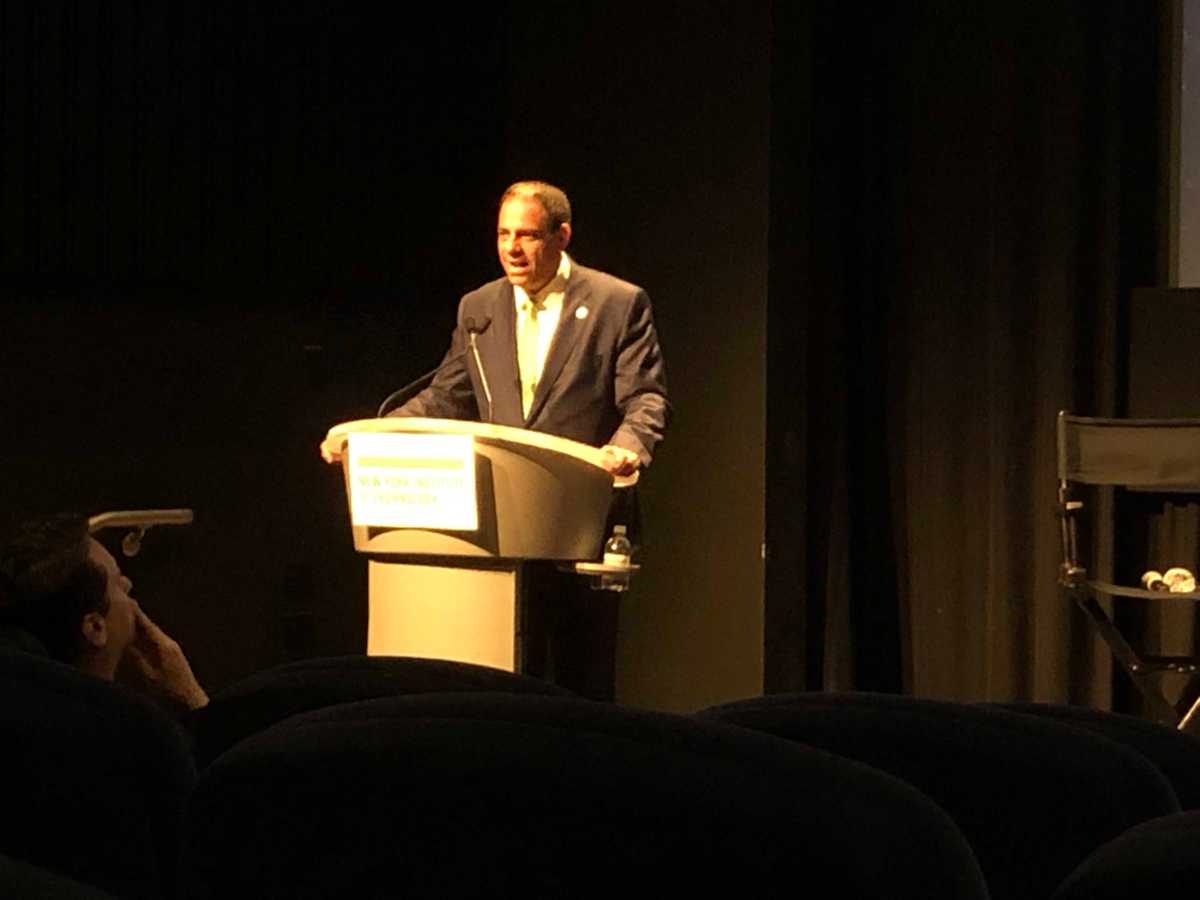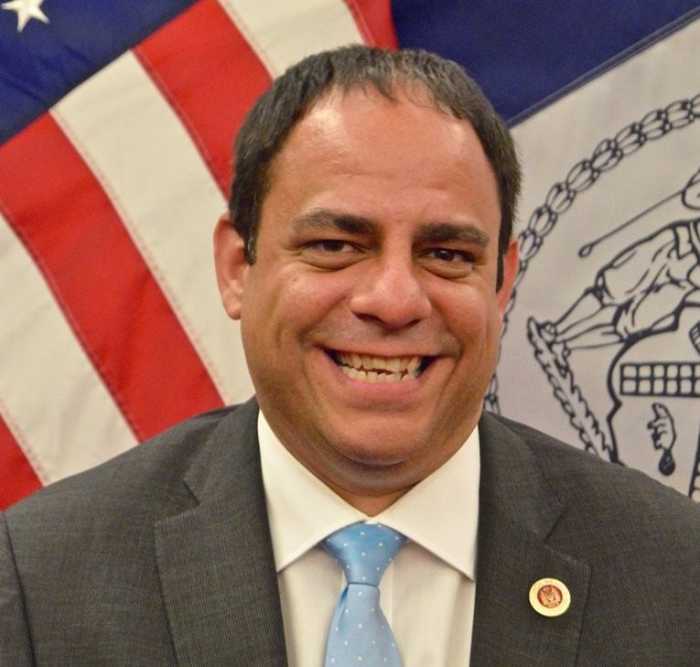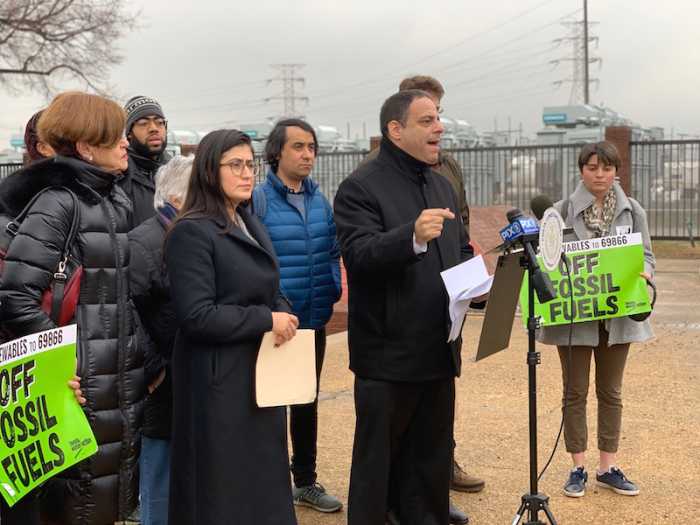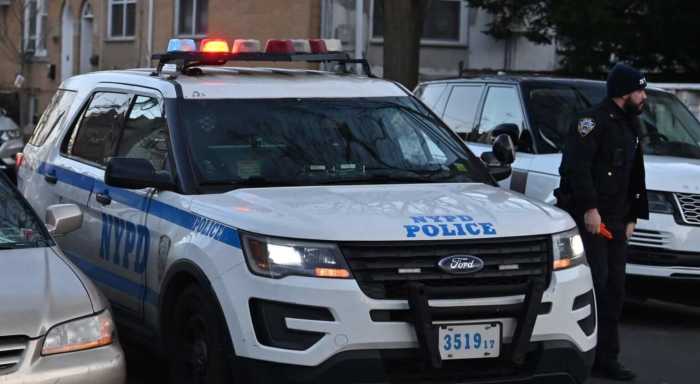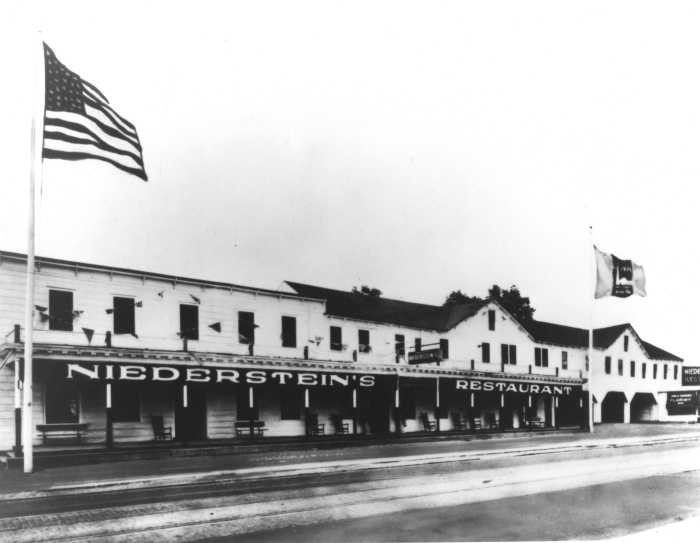As part of Climate Week in Manhattan, Councilman Costa Constantinides (D-Astoria) was at an urban tourism forum Monday geared towards looking forward to the future of the industry while being environmentally friendly.
During the forum, he clarified that his Climate Mobilization Act to reduce carbon emissions at city buildings is not a money grab, but a step towards getting facilities to start using clean energy throughout the Big Apple.
“We have an eye on making our city more sustainable and green,” said Constantinides, chairman of the Environmental Protection Committee.
Unlike other states that are larger geographically or less dense, large buildings, as opposed to cars, are the leading purveyors of carbon emissions in New York, according to the councilman.
“Here it New York City it is large buildings [that are responsible for emissions],” said Constantinides. “We have a great transportation system with our trains when it runs.”
There are 50,000 large buildings out of the 1.1 million buildings throughout the city that are responsible for a third of the carbon emissions in the city, according to the environmental chairman.
With the CMA bill being enacted on Wednesday, these 25,000-square-feet structures will now have to house batteries large enough to store renewable energy to meet the 40 percent carbon emission mandate by 2025 or risk a $1 million or more fine.
“We don’t want your money,” said Constantinides. “We didn’t do this to collect fines from the city of New York. I’m an environmentalist. If this bill becomes a way to take money out of someone’s pocket, then I failed. It means that we are not meeting our emission targets.”
Constantinides fears that the very neighborhoods that 65 million tourists come to visit annually like the Rockaways, Coney Island and Staten Island that were impacted by Hurricane Sandy in 2012 will be something of the past.
“There are models that say those communities could vanish from the map towards the late to mid-century in our lifetime,” said Constantinides. “I don’t want your money, I want your carbon. That is the goal.”
Building owners can turn to the Office of Building Energy Performance to find resources on becoming green, which will offer free technical assistance.
Two other bills from Constantinides were passed on Sept. 25.
Intro. 426-A will allow the city to install solar thermal technology on any of its buildings by 2021, which will harvest solar energy to power heaters and hot water pumps reducing the Big Apple’s reliance on fossil fuels, according to the bill.
Intro. 1140-A will allow the city to conduct an assessment of which properties may receive off-hour overnight deliveries to reduce congestion on roads in the morning, according to the bill. The bill will make its way from Lower Manhattan, where most of the city-owned and operated buildings are to the south of 60th Street, then to dense neighborhoods with municipal buildings in Queens and Brooklyn.


